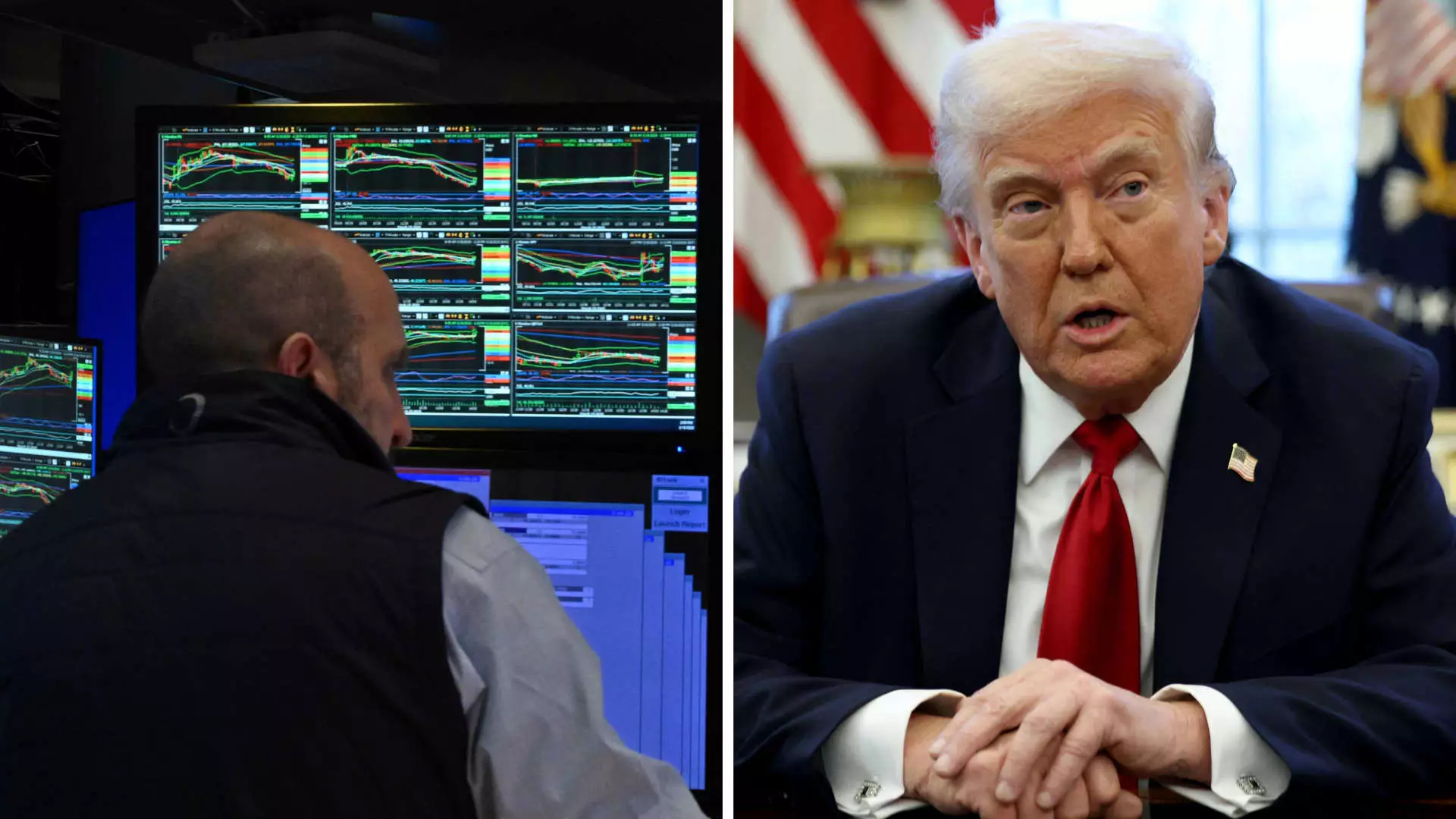In an environment swirling with anxiety over impending tariffs, it’s no surprise that investors’ sentiments have taken a nosedive. At first glance, the collective dread resembles a vivid echo from March 2023 when the fall of Silicon Valley Bank resonated through financial circles like an earthquake. Julian Emanuel of Evercore ISI draws an unsettling parallel between these two moments in time, suggesting that the current pessimism may be grossly exaggerated. Herein lies the crux of the issue—the fear of uncertainty can often pivot the market more dramatically than reality itself.
Facing Investor Anxiety
Emanuel’s stance illuminates an interesting point: the investor psyche is skittish, yet perhaps unjustifiably so. The momentary spikes of fear can cloud rational judgment. For instance, the impending tariff deadline causes traders to hesitate, leading to sell-offs and diminished stock accumulation. This behavioral response tends to create a self-fulfilling prophecy, wherein the fear of loss precipitates actual losses. Instead of allowing these anxieties to dominate decision-making, now might be the opportune moment to adopt a contrarian stance.
The Depths of Market Performance
Referring to the most recent quarter, we witnessed the S&P 500 and the Nasdaq plummet to their lowest points since 2022. With draws as severe as 14% from previous peaks, it would be easy to succumb to despair. However, Emanuel finds silver linings even within this bleak picture, positing that sectors hit hardest are often the ones primed for recovery. This insight represents a crucial turning point for tactical investors; buying low during market downturns could yield rewards when the tide shifts.
Sector Shift: From Defense to Offense
According to Emanuel’s analysis, the sectors deemed “defensive”—like consumer staples and health care—experienced relative outperformance in this tumultuous quarter. These sectors often serve as safe havens during turbulent times; however, for growth-seeking investors, they may soon be seen as stagnating opportunities if optimism returns. The most thrilling opportunities lie in sectors that have underperformed—particularly technology and discretionary stocks. If these sectors rally back significantly, it could create a wealth of opportunity for those willing to risk capital now.
The Power of Buybacks
An often-overlooked angle in this conversation is the potential for stock buybacks as a driving force for price recovery. As valuations dip, companies may increasingly use their cash reserves to buy back their shares, providing a much-needed cushion for stock prices. Emanuel believes this could serve to buoy market confidence, counteracting negative sentiment stemming from external pressures such as tariffs. This internal market support can add a fascinating layer of complexity to any bullish thesis.
In essence, while the market’s current state reflects widespread anxiety, it is essential to look deeper. Behavioral economics, sector rotations, and internal market dynamics tell a more nuanced story—one in which opportunities may be ripe for the taking even amidst apparent chaos. Rather than allowing tariff fears to dictate investment strategies, it is time to think critically and strategically about the environment we are in.


Leave a Reply